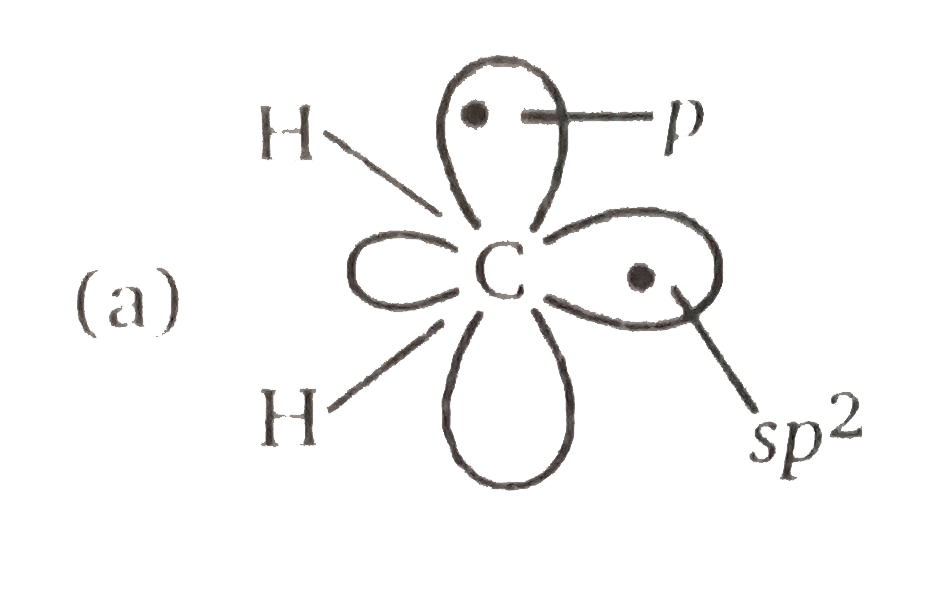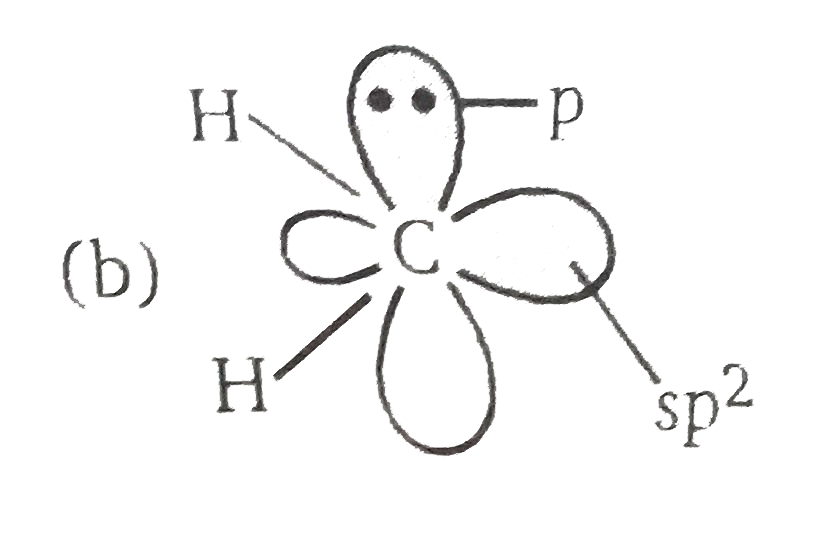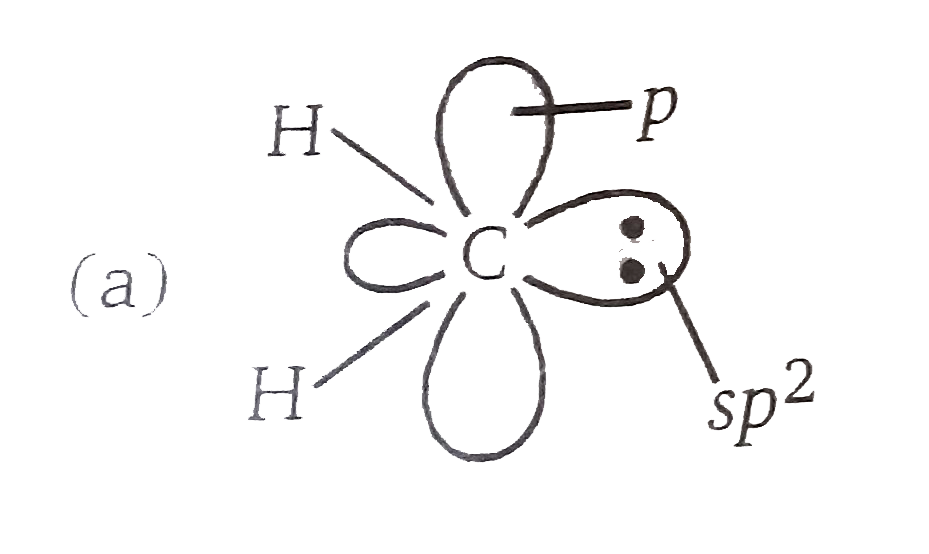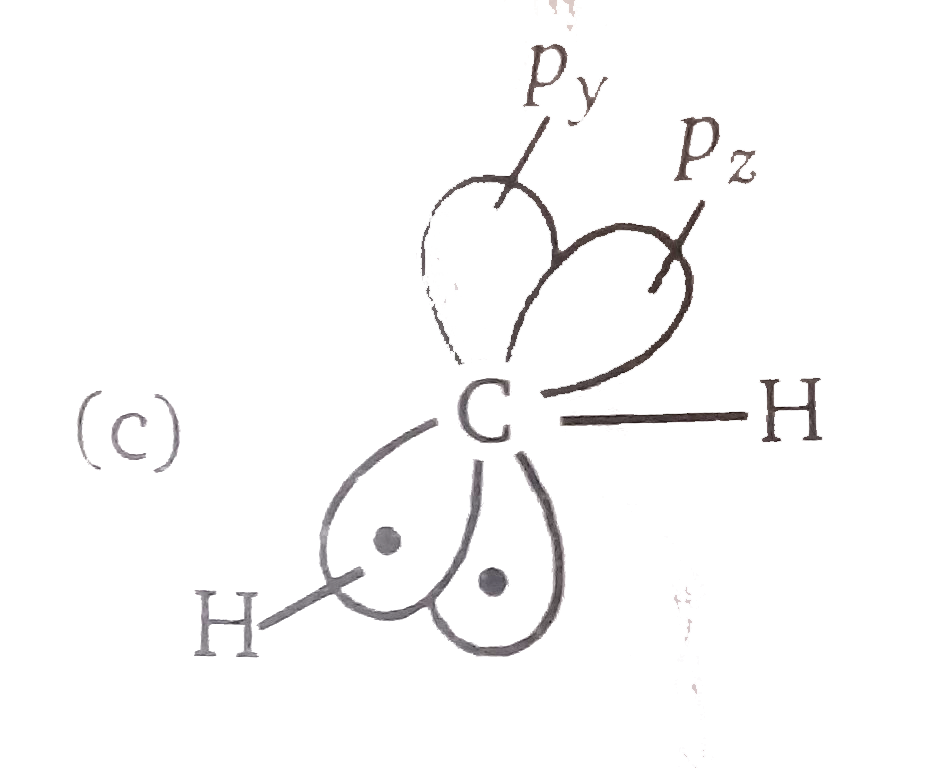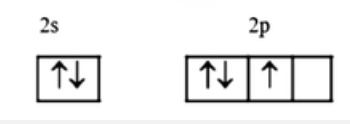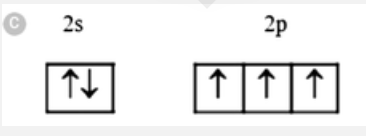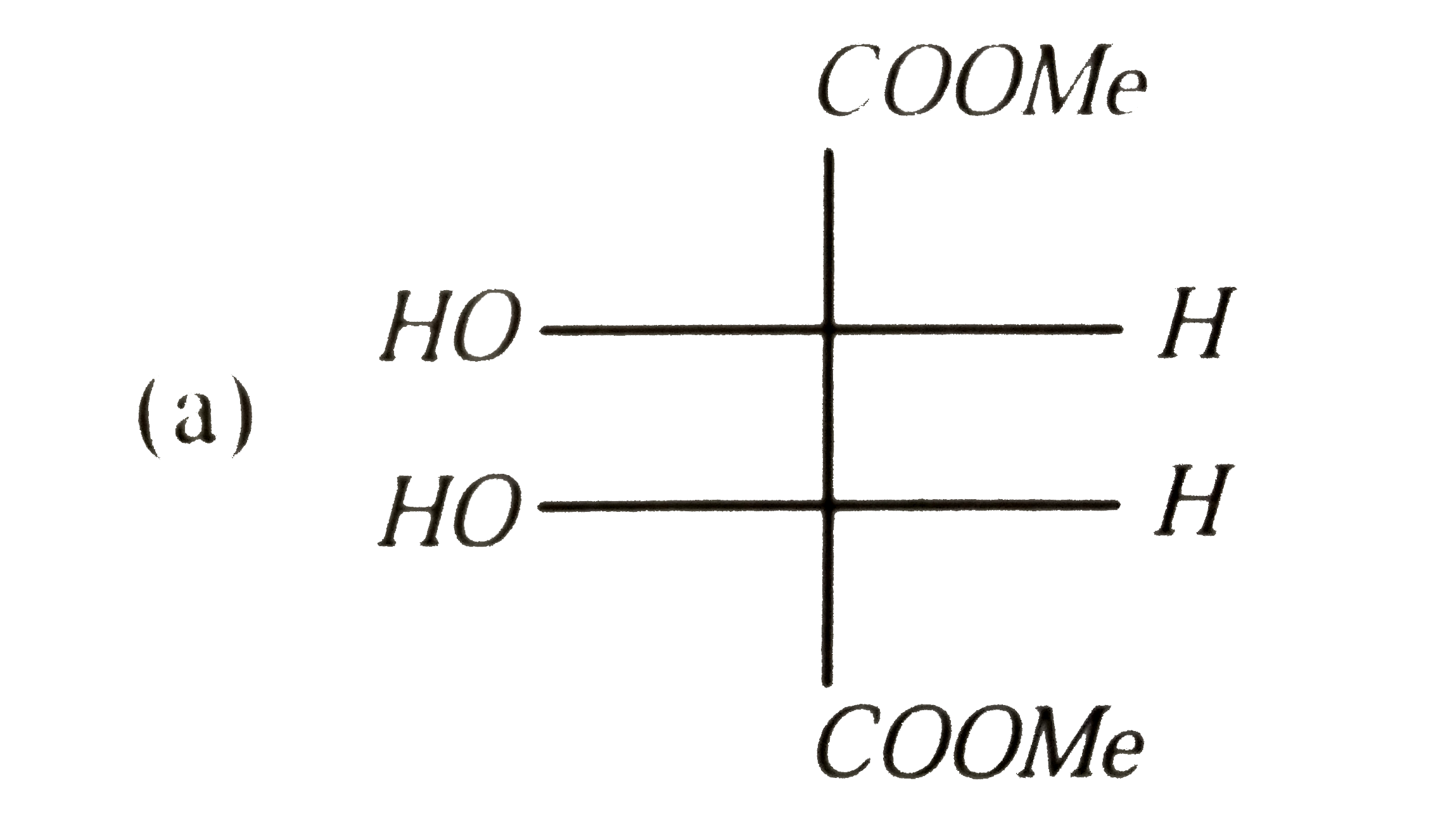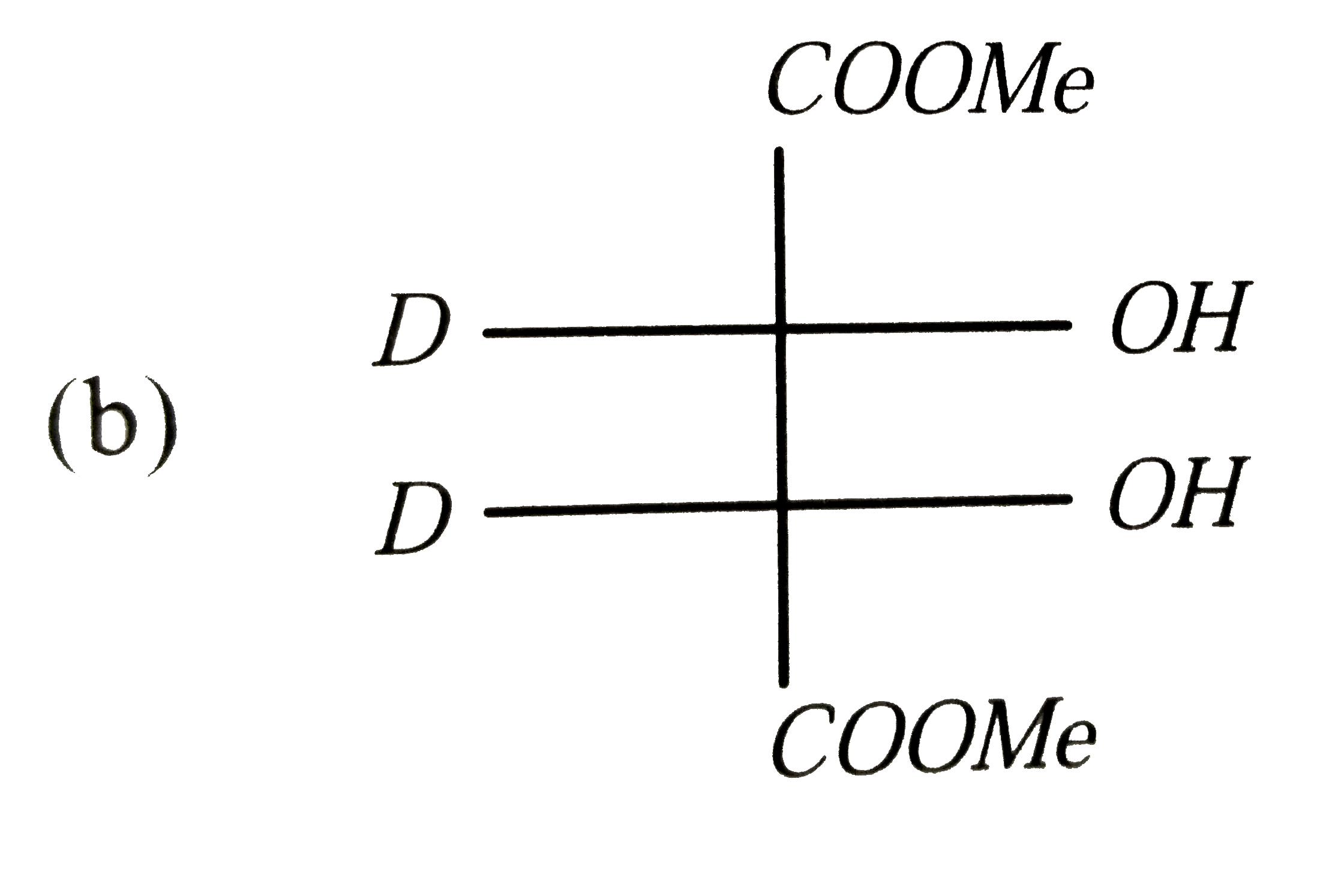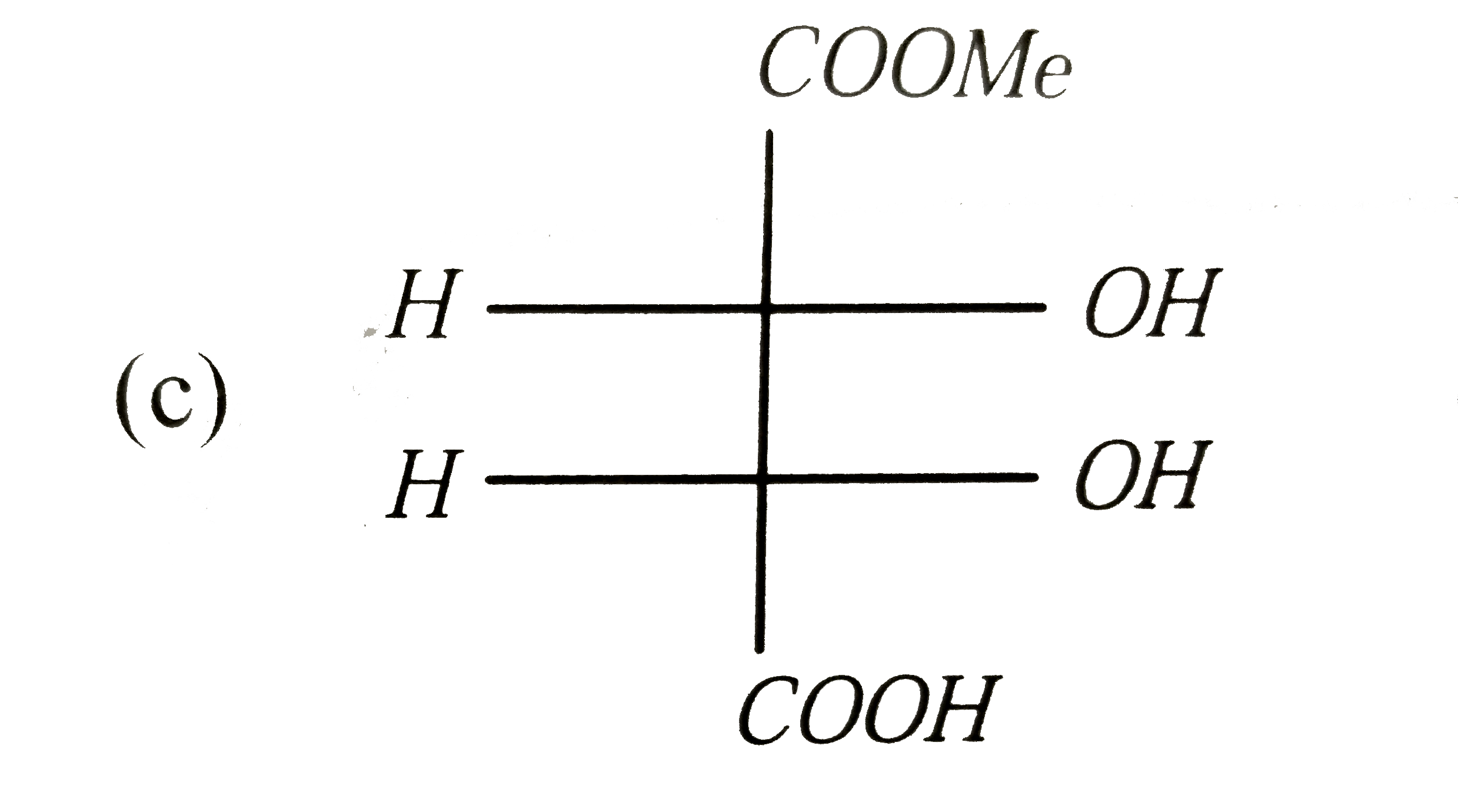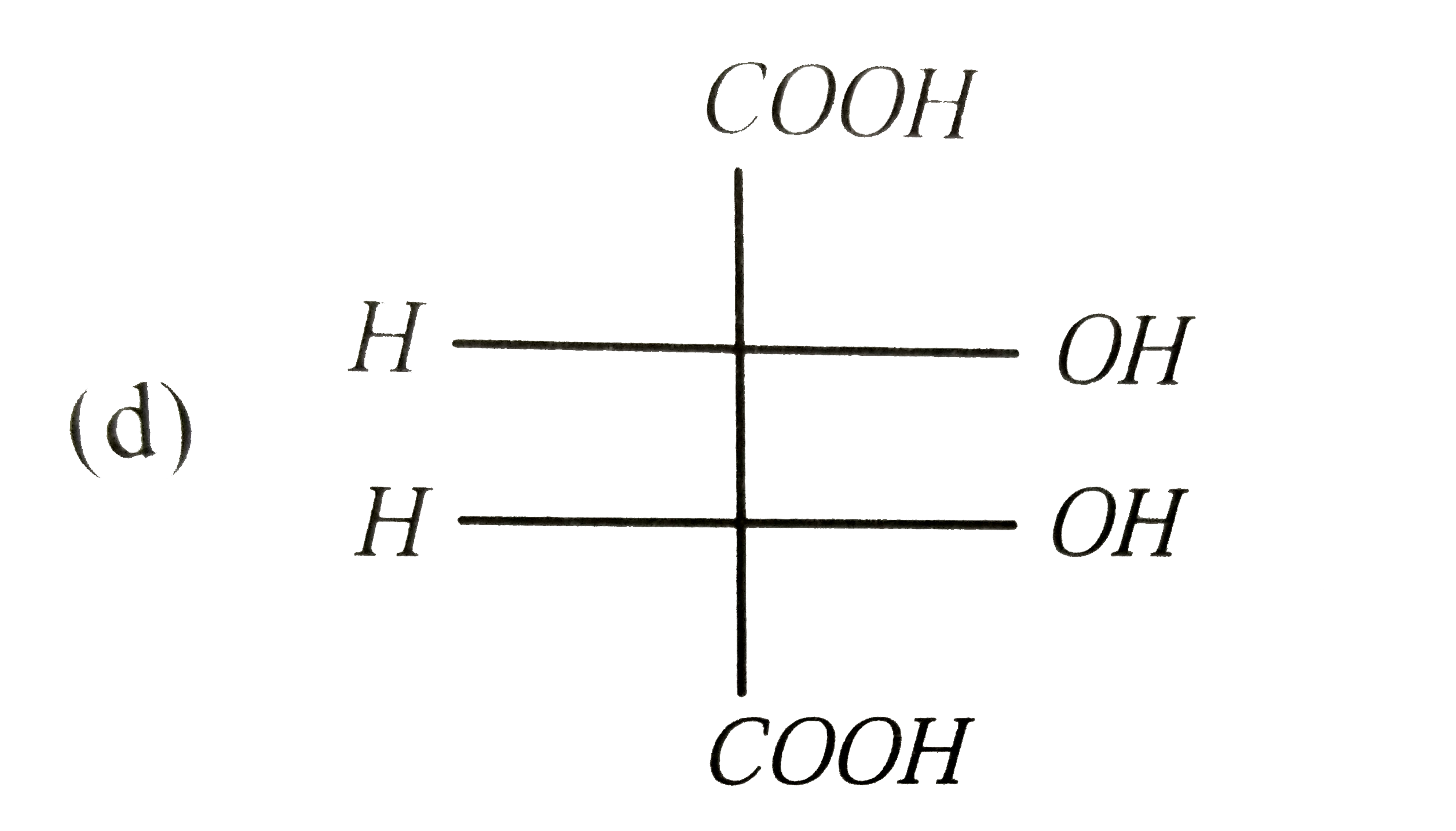Explore topic-wise InterviewSolutions in .
This section includes InterviewSolutions, each offering curated multiple-choice questions to sharpen your knowledge and support exam preparation. Choose a topic below to get started.
| 26851. |
The number of moles of KMnO_(4) that will be needed to react completely with one mole of ferrus oxalate in acidic solution is |
|
Answer» `3//5` |
|
| 26852. |
The orbitals of same energy level providing the most efficient overlapping are: |
|
Answer» `SP^3 -sp^3` |
|
| 26853. |
The number ofmoles of KMnO_(4) that will be needed to react completely with one mole of ferrious oxalate in acidic solution is |
| Answer» Answer :A | |
| 26854. |
The order for the reaction, H_2 +Cl_2 overset(hv) to 2HCl over water is |
|
Answer» 0 |
|
| 26855. |
The number of moles of KMnO_(4) reduced by one mole of Kl in alkaline medium is : |
|
Answer» one Change in oxidation NUMBER of Mn in basic medium is 1. `therefore` Moles of Kl is EQUAL to moles of `KMnO_(4)`. |
|
| 26856. |
The orbitals having lower energy in tetrahedral complexes according to CFT are |
|
Answer» `d_(XY),d_(XZ),d_(z^2)` |
|
| 26857. |
The number of moles of KMnO_4 reduced by one mole of KI in alkaline medium is |
|
Answer» ONE |
|
| 26858. |
The orbital picture of a triplet carbene can be drown as : |
|
Answer»
|
|
| 26859. |
The number of moles of KMnO_(4) in acidic medium that will be needed to react with one mole of sulphide ion is: |
|
Answer» `(2)/(5)` |
|
| 26860. |
The orbitalpicture of a singlet carbene ( :CH_(2)) can be drown as : |
|
Answer»
Here SPIN QUANTUM numberzero,s = 0 then = 2(0) + 1 = 1 |
|
| 26862. |
The number of moles of ions produced per mole of K_4[Fe(CN)6] in aqueous solution will be _____ |
|
Answer» 5 |
|
| 26864. |
The number of moles of hydroxide (HO^(-))ion in 0.3 litre of 0.005 M solution of Ba(OH)_(2) is |
|
Answer» 0.0075 `:. N = 0.005 M Ba(OH)_(2)` sol as `M=n/(V(L))` `:.n = 0.005 XX 0.3` mol = 0.0015 mol `Ba(OH)_(2)` `(Ba^(2+)2OH^(-))` mol of `OH^(-)` = `2 xx 0.0015 = 0.0030` moles |
|
| 26865. |
The orbital diagram in which both the Pauli 's exclusion principle and Hund's rule are violated is |
|
Answer»
|
|
| 26866. |
The number of moles of hydrogen that can be added to 1 mole of an oil is the highest in |
| Answer» Answer :A | |
| 26867. |
The number of moles of hydroxide (OH^(-)) ion in 0.3 litre of 0.005 M solution of Ba(OH)_(2) is |
|
Answer» 0.005 |
|
| 26868. |
The orbital diagram in which both Pauli's exclusion principle and Hund's rule are violated is: |
|
Answer»
|
|
| 26869. |
The number of moles of H_(2)O_(2) required to completely react with 400 ml of 0.5 N KMnO_(4) in acidic medium are |
|
Answer» 0.1 |
|
| 26871. |
The number of moles of hydrogen molecules required to produce 20 moles of ammonia through Haber's proccess is : |
|
Answer» 40 The required `H_2` moles for the MANUFACTURING of 2 MOLE `NH_3 = 3` mole The required `H_2` moles for the manufacturing of 20 moles `NH_(3) = (20 xx 3)/2`=30 mole `H_2` is required |
|
| 26872. |
The number of moles of HIO_(3) formed during periodic oxidation of cyclohexa (1,2,3) triol____ |
|
Answer» |
|
| 26873. |
The orbital angular momentum of an electron in 2s orbital is |
|
Answer» `+1/2.h/(2pi)` angular MOMENTUM= `sqrt(l(l+1))h/(2pi)=0` |
|
| 26874. |
The orbital angular momentum of an electron in 2s-orbital is: |
|
Answer» `h/4pi` |
|
| 26875. |
The number of moles of electrone required to deposits 36 g of Al from an aqueous solution of Al(NO_(3))_(3) is (atomic mass of Al = 27) |
|
Answer» 4 `1 F-= 96500 C -= 1 g ` EQ. of Al `= (27)/(3) = 9g` `therefore` 1 MOLE of electrons i.e. 36 g of Al = n `thereforen = (36 xx 1)/(9) = 4 `moles |
|
| 26876. |
the orbital angular momentum of 4f electron is |
|
Answer» `4(H/(2π))` |
|
| 26877. |
The number of moles of Ca(OH)_(2) that must be dissolved to make 250 mL solution in water of pH = 10.65 is |
|
Answer» `5.6 xx 10^(-5)` pOH = (14-10.65) = 3.35 `[OH^(-)] = 10^(-3.35)= 4.47 xx 10^(-4) M` ONE molecule of `Ca(OH)_(2) = (4.47 xx 10^(-4))/(2) = 2.235 xx 10^(-4) M` No. of moles in `250 ML = (2.235 xx 10^(-4))/(4) = 5.6 xx 10^(-5)` |
|
| 26878. |
The orbital angular momentum for a 2p -electron is |
|
Answer» `SQRT(3)h` |
|
| 26879. |
The orbital angular momentum of an electron in 2s orbital |
|
Answer» `+1/2h/(2PI)` `=sqrt(l(l+1))h/(2pi)=0"" ( :. l=0)` |
|
| 26880. |
The number of moles of electron required to reduce 0.2 mole ofCr_(2)O_(7)^(2-) to Cr^(3+) |
|
Answer» 6 1-6 0.2 - X`implies` 1.2 |
|
| 26881. |
The orange solid on heating gives a colourless gas and a greensolid which can be reduced to metal by aluminium powder. The orange and the green solids are respectively |
|
Answer» `(NH_(4))_(2)Cr_(2)O_(7) and Cr_(2)O_(3)` 
|
|
| 26882. |
The number of moles of BaCO_3 Which contains 1.5 moles of oxygen atom is : |
|
Answer» 0.5 |
|
| 26883. |
thenumberof molesof acidified KMnO_(4) requiredto oxidize 1 moleof ferrousoxalate (FeC_(2) O_(4)) is |
|
Answer» 5 |
|
| 26884. |
The orange solid on heating gives a colourless gas and a green solid which can be reduced to metal by aluminium powder. The orange and the green solids are, respectively. |
|
Answer» `(NH_4)_2 Cr_2 O_7 and Cr_2O_3` |
|
| 26885. |
The number of moles of a solute in its solution is 20 and total number of moles are 80. The mole fraction of solute is |
|
Answer» `2.5` |
|
| 26886. |
The orange solid on heating gives a colourless gas and a green solid which can be reduced to metal by aluminium powder. The orange and the green solids are, respectively |
|
Answer» `(NH_(4))_(2)Cr_(2)O_(7) and Cr_(2)O_(3)` `Cr_(2)O_(3) + 2Al overset(Delta)rarr 2Cr + Al_(2)O_(3)` |
|
| 26887. |
The number of moles of acidified KMnO, required to oxidize 1 mole of ferrous oxalate (FeC_(2)O_(2)) is .... |
|
Answer» 5 `5 "MOLES of" FeC_(2)O_(4)4 = 3 "moles of" KMnO_(4)` `5 "moles of" FeC_(2)O_(4)4 = (3)/(5) "moles of" KMnO_(4)` `5 "moles of" FeC_(2)O_(4)4 = 0.6 "moles of" KMnO_(4)` |
|
| 26888. |
The orange colour of K_(2)Cr_(2)O_(7) is due to…. |
|
Answer» `SIGMA RARR sigma^(**)` transition |
|
| 26889. |
The number of moles of a gas 1 m^(3) of volume at NTP is: |
|
Answer» 4.46 NUMBER of MOLES `=(1000)/(22.4)=44.6` |
|
| 26890. |
The optium temoperature range for enzymatic activity is ………and optimum pH range is ………. |
| Answer» SOLUTION :`298-310 K, 5-7` | |
| 26891. |
The number of moles in 0.64 g of SO_2is : |
|
Answer» 100 |
|
| 26893. |
The number of molecules present in 1cm^(3) of an ideal gas at STP is called …………..and its value is…………… . |
| Answer» SOLUTION :Loschmidt NUMBER, `(6.022xx10^(23))/22400=2.69xx10^(19)` | |
| 26895. |
The number of molecules present in 1 cm^(3) of water is :- |
|
Answer» `2.7xx10^(19)` `therefore`Mass of `1cm^(3)` water=density`xx`volume `=1xx1` =1g `therefore`No. of mole of water MOLECULE in `1cm^(3)=` `therefore`No. of molecule of `H_(2)O` in `1cm^(3)=(1)/(18)xxN_(A)` `=(1)/(18)xx6xx10^(23)` `=3.3xx10^(22)` |
|
| 26896. |
The optically active tartaric acid is named as D-(+)-tartaric acid because it has a positive |
|
Answer» Optical rotation and is derived from D-glucose `{:(""CHO),("|"),(H-C-OH),("|"),(""CH_(2)OH):}` and (+) sign is used to represent the rotation in right side. Hence, in D-(+)-tartaric acid. 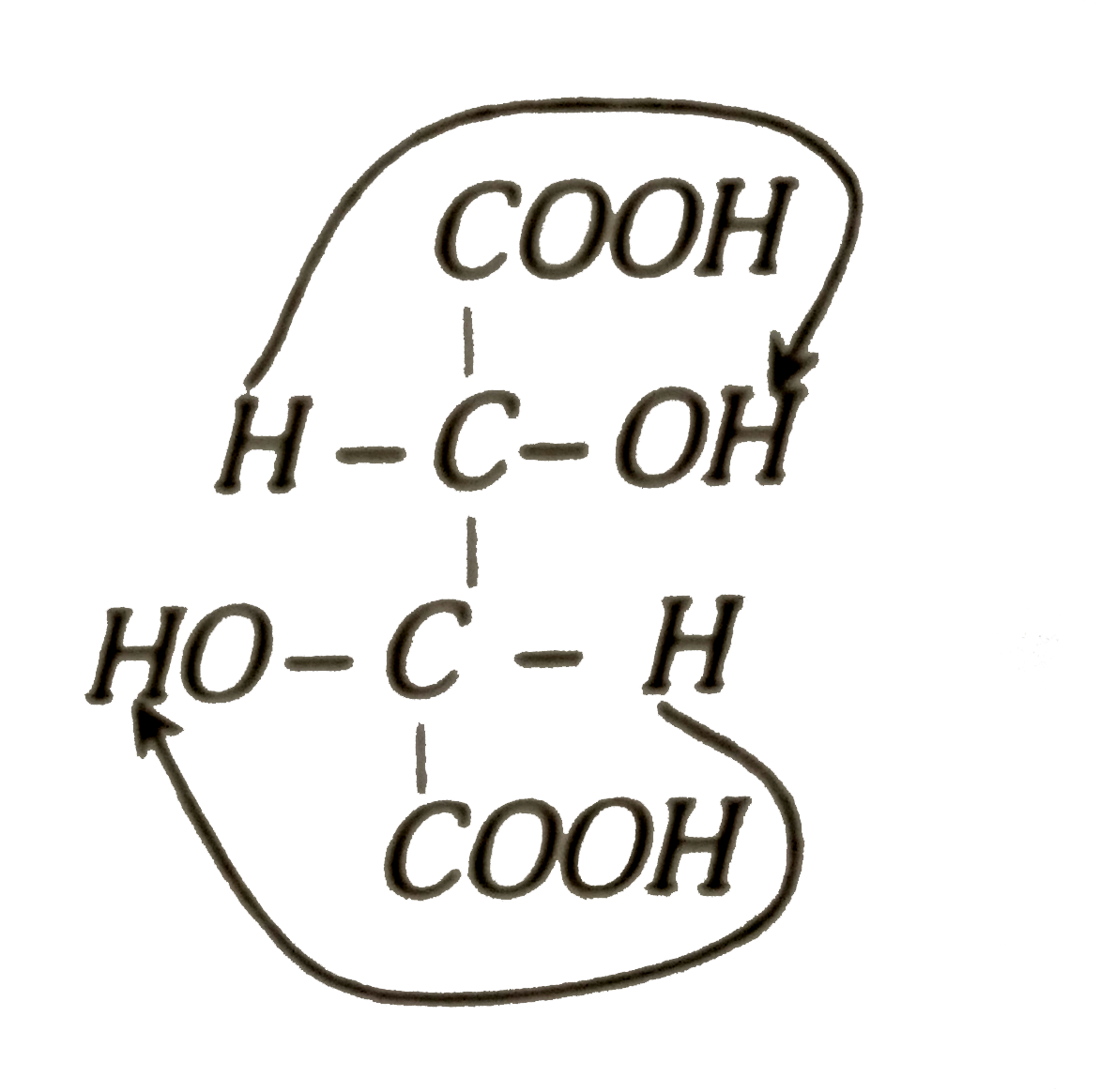 Hence, it has a positive optical rotation and it is devided with glyceraldehyde. |
|
| 26897. |
The number of molecules of water needed to convert one molecule of P_2O_5 into orthophosphoric acid is: |
|
Answer» 2 |
|
| 26898. |
The optically active molecule is |
|
Answer»
|
|
| 26899. |
The optically active product obtained from S_(N)2 reaction of dextro rotatory compound will be ________. |
|
Answer» DEXTRO rotatory |
|
| 26900. |
The number of molecules of NaCI in an unit cell of its crystal is: |
|
Answer» 2 |
|
